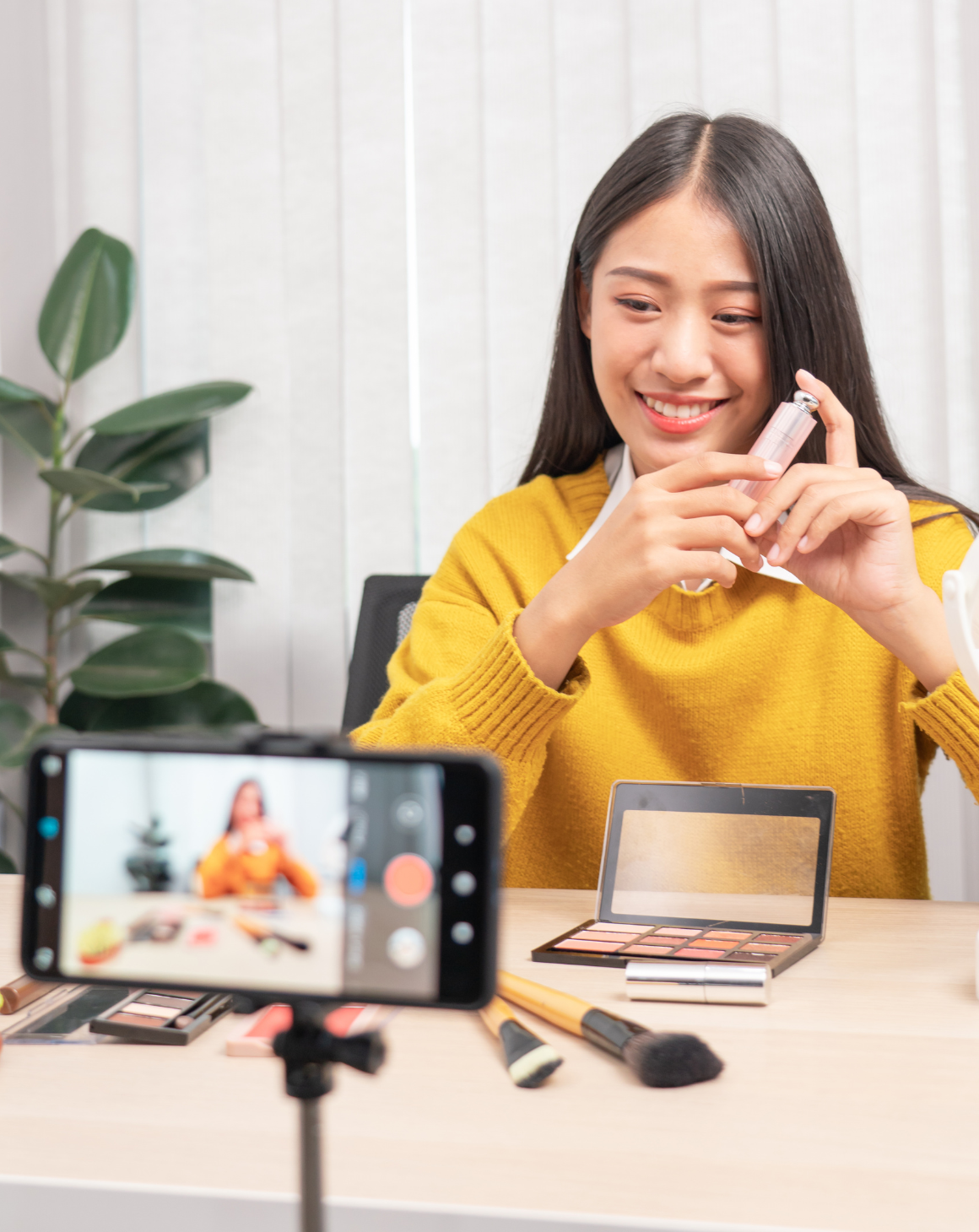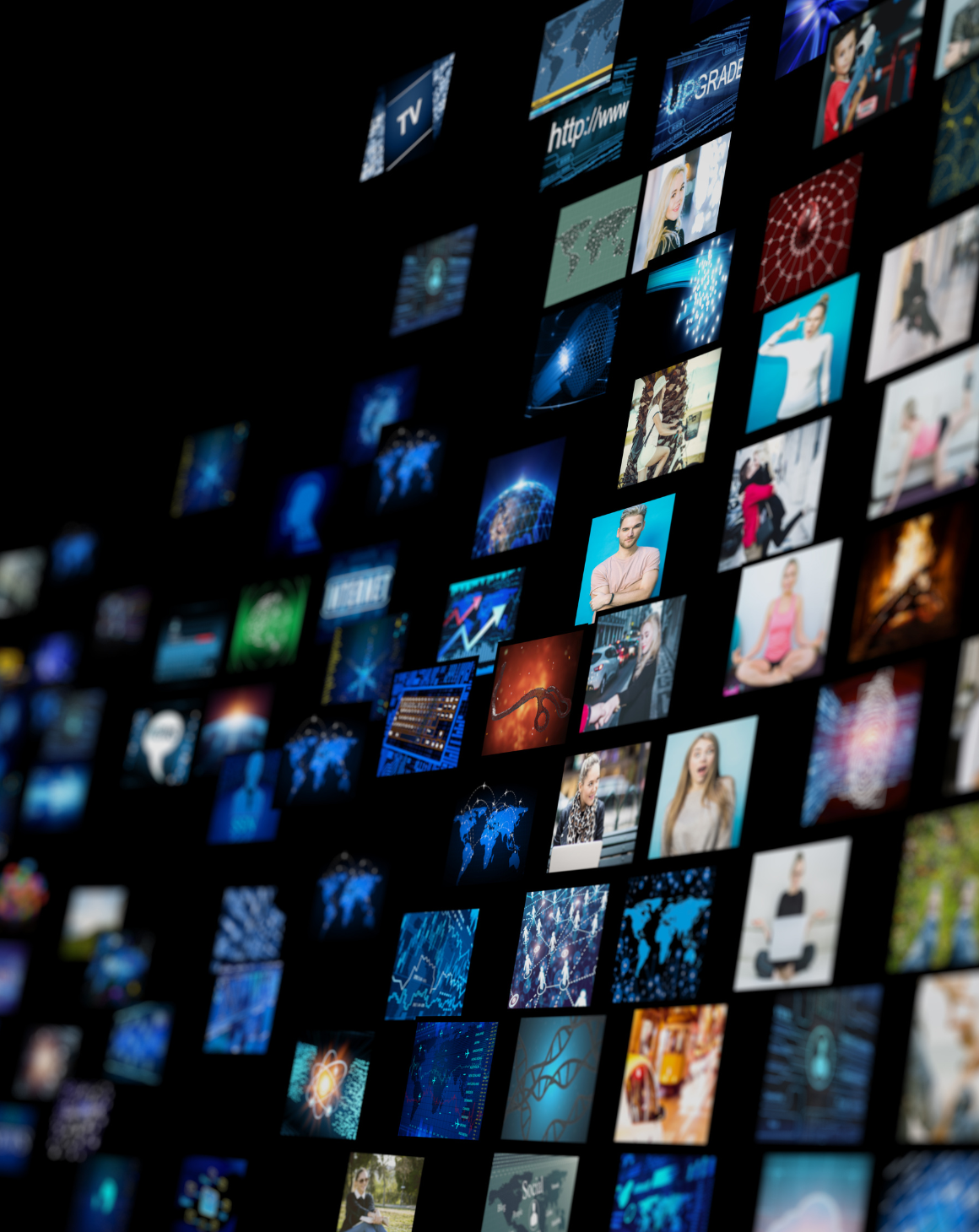Consumer engagement has become a pivotal aspect of brand success in today’s digital age. One of the most effective ways to connect with your brand audience is through various types of user-generated content (UGC). Over 79% of customers say that UGC highly impacts their purchasing decisions. This powerful marketing strategy leverages the creativity and authenticity of your customers, turning them into brand advocates. Keep reading to explore user-generated content types and how you can harness this influential tool to strengthen your brand’s online presence.
What Is User-Generated Content (UGC)?
User-generated content (UGC) refers to original content created by customers rather than the brand itself. People voluntarily share this content on various platforms, including websites and social media (Instagram, TikTok, YouTube, etc.), contributing to the brand's narrative. UGC can take the form of images, videos, reviews, testimonials, and other types of promotional material.
There are five key characteristics of user-generated content:
- Origin: Consumers generate UGC without direct involvement or payment from the brand.
- Authenticity: It provides an authentic and unbiased perspective, reflecting real experiences and opinions.
- Diverse Formats: UGC can encompass a broad media range, including text, images, videos, and more.
- Brand Specific: UGC content specifically relates to a particular brand or product.
- Promotional Impact: Brands leverage UGC to enhance marketing efforts, build trust, and engage with their audience.
For example, customers may share photos of themselves using a product, write reviews, or create videos showcasing their experiences. Over 90% of customers trust other buyers’ reviews and testimonials rather than ads. Many brands integrate different types of UGC into their marketing strategies to foster community, authenticity, and a deeper connection with their audience.
Types of User-Generated Content (UGC)
User-generated content (UGC) refers to consumer-created content rather than being generated by brands. As mentioned above, it comes in various types, each playing a vital role in enhancing consumer engagement and brand reputation. Below are some of the main UGC types:
Customer Reviews and Testimonials
Customer reviews and testimonials are one of the simplest yet most impactful types of user-generated content. Encouraging customers to share their experiences provides valuable feedback and builds trust among potential buyers. Feature these testimonials on your website, social media, or even in your marketing materials to showcase the positive impact of your products or services on real people.
Social Media Posts
With the rise of social media platforms, Instagram, Facebook, TikTok, and YouTube, users are constantly sharing their thoughts, experiences, and recommendations. Create branded hashtags to encourage users to share their content related to your brand. Reposting this user-generated content engages your existing audience and exposes your brand to new potential customers. It's a win-win situation that capitalizes on the organic reach of social media.
Contests and Challenges
Organizing contests or challenges is a fantastic way to stimulate user-generated content. Encourage participants to share their entries on social media with a dedicated hashtag. Organize a photo contest, a creative challenge, or a testimonial competition. These types of UGC boost engagement and create a sense of community around your brand.
User-Generated Videos
Video content is a powerful medium, and when people create UGC videos showcasing your product or service, it adds an authentic touch to your brand. Inspire customers to share unboxing videos, tutorials, or testimonials through social media platforms. This type of UGC often resonates well with audiences, providing a more personal and relatable perspective.
Product Reviews and Unboxings
Unboxing videos and product reviews have become a staple of online consumer culture. Encourage your customers to share their unboxing experiences or provide detailed reviews of your products. This UGC helps potential buyers make informed decisions based on social proof. It also generates authentic content that can be shared across various channels.
Blogs and Articles
Some customers prefer expressing their thoughts in long-form content. Motivate your audience to write blogs or articles about their experiences with your brand. Blogs provide valuable insights and expand your reach to different online platforms. Consider featuring these user-generated articles on your website or collaborating with influencers for broader exposure.
What Is the Difference Between UGC, TGC, and Influencer Content?
It is important to differentiate user-generated content from talent-generated content and influencers. Users make UGC without the brand’s control over what they showcase. On the other hand, brands develop talent-generated content (TGC) with talent castings.
TGC Content
The TGC content is scripted, and talents demonstrate exactly what a brand demands. With talent casting, the content creator fits the brand’s narrative and audience. TGC gives brands more ownership over created content (by having a brief, scripting, and video review process). Also, having a video read during the casting process shows brands how these talents come across in videos.
TGC can be geared towards advertising or organic social content. Blue Wheel’s creative team can shoot multiple versions or sound bites for future editing or testing purposes. We can reformat the content to various aspect ratios for advertising. TGC comes with a one-time cost and extended usage rights compared to influencer content. Additionally, we give our clients notes and revisions and can have talent re-record clips in the rough cut stages to ensure capturing what is necessary for future advertising.
Influencer Content
Influencers have established credibility on social media and access to a large audience. They partner with brands to promote specific products or services and receive compensation in money, free products, or discounts. Influencers can get guidelines from brands on what to create, but not to the same extent as with TGC. Therefore, your brand can’t precisely outline what the influencer is recording or how it is edited (what you see is what you get). Also, usage rights can be expensive, especially if you want to use the content for advertising. Some influencers charge per month for usage rights, and these costs grow with an influencer’s reputation, credibility, and reach. Also, influencers typically don’t resize videos to different aspect ratios for advertising platforms.

Why Is UGC Important for Brand Building?
User-generated content (UGC) holds significant power for brands in advertising due to several compelling factors:
- Authenticity and Trust: UGC is created by genuine users, providing authentic perspectives on products or services. This authenticity builds trust among potential customers, as they rely on real customer experiences.
- Engagement and Interaction: UGC encourages active participation from the audience. Through content creation, users become engaged and emotionally invested in the brand. This interactive element fosters a sense of community and connection.
- Cost-Effectiveness: Brands can leverage UGC without incurring significant costs. User-created content is freely provided by the audience, making it a cost-effective UGC advertising strategy. Smaller brands with limited budgets can particularly benefit from UGC.
- Diverse Content Formats: UGC comes in various formats, including images, videos, reviews, and social media posts. This diversity allows brands to utilize a range of content types, catering to different audience preferences and platforms.
- Increased Reach and Visibility: User-created content often spreads across social media platforms, expanding the brand's reach beyond its immediate audience. Shares, likes, and comments on user-generated content increase visibility and brand awareness.
- Peer Recommendations: Users trust recommendations from their peers more than traditional advertising. UGC acts as a form of peer endorsement, influencing the purchasing decisions of potential customers who value the opinions of others.
Incorporating UGC into advertising strategies allows brands to harness their audiences’ collective creativity and experiences, creating a powerful and influential marketing approach.
Final Thoughts
In today's highly competitive market, harnessing the power of user-generated content is essential for building a strong and authentic brand presence. By tapping into the creativity of your customers, you can strengthen your relationship with existing clients and attract new ones.
Ready to incorporate diverse types of user-generated content into your marketing strategy? Blue Wheel offers tailor-made solutions for brands, including organic social media, TikTok advertising, influencer marketing, creative services, and more.
Contact us today to discover how we can help you harness the power of UGC!







.png)
.png)